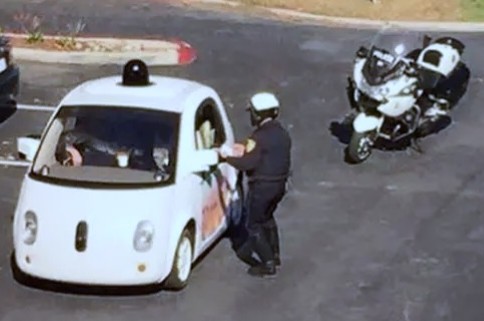Some say there is an unofficial sixth recall related to engine failure.
While we wait for that to percolate into public regulations, let alone the many other unofficial failures of the Cybertruck, here’s the official fifth recall notice this year alone:
Vehicles with rearview cameras in the U.S. must display an image within two seconds of turning on, the NHTSA said, and some of the Cybertrucks failed to display an image for up to eight seconds. Tesla received 45 warranty claims and four field reports that may be related to the defect…
An eight second delay. Forty five claims. So many Cybertrucks have now crashed, it’s a wonder there are nearly fifty of these clown cars still operating.
Now think about how Tesla pumps marketing with “fastest launch time in a straight line” by counting seconds. They constantly talk about each one like it’s the biggest measure of success imaginable.
Zero to 60 in how many seconds? Nevermind, because the Cybertruck can’t get display cameras up and running within two seconds.
In other words it will display a tree six seconds after it has crashed into it.
An eight second delay!
Unbelievable. How bad is Tesla engineering such that they can’t even meet basic safety regulations on a brand new car?


